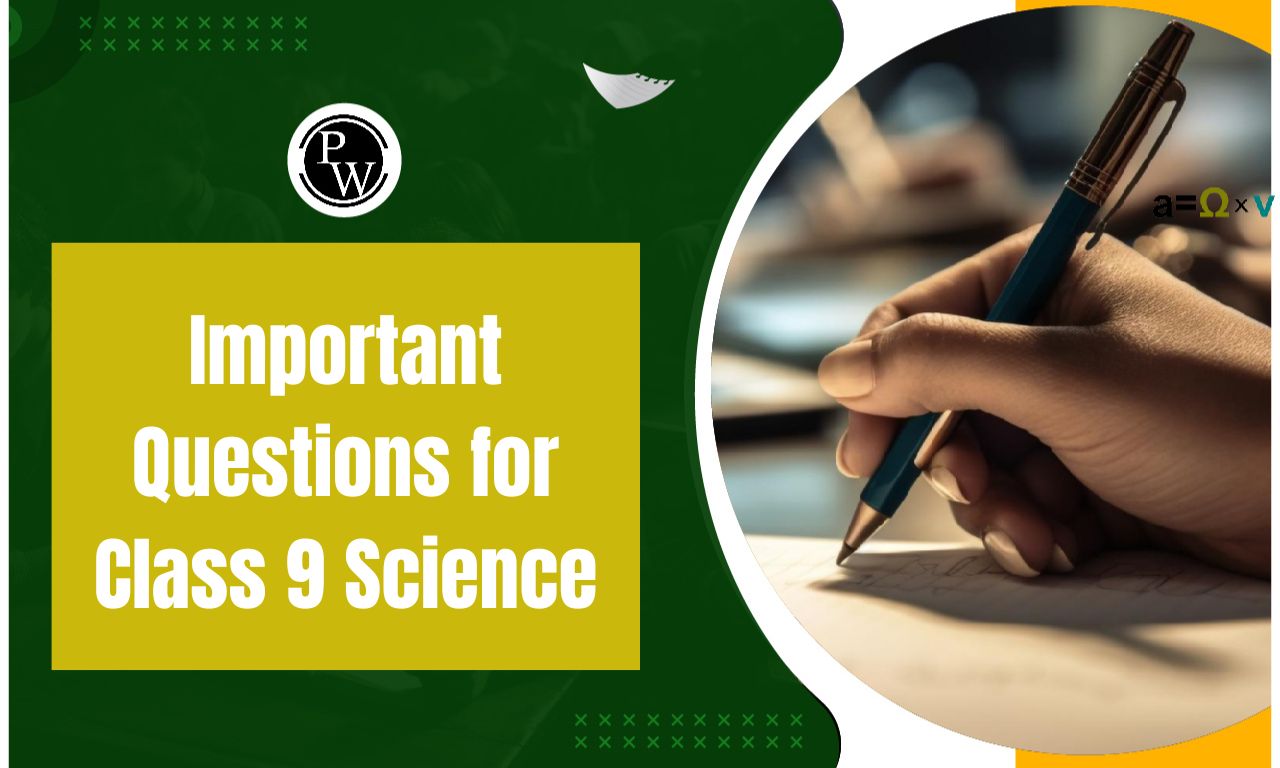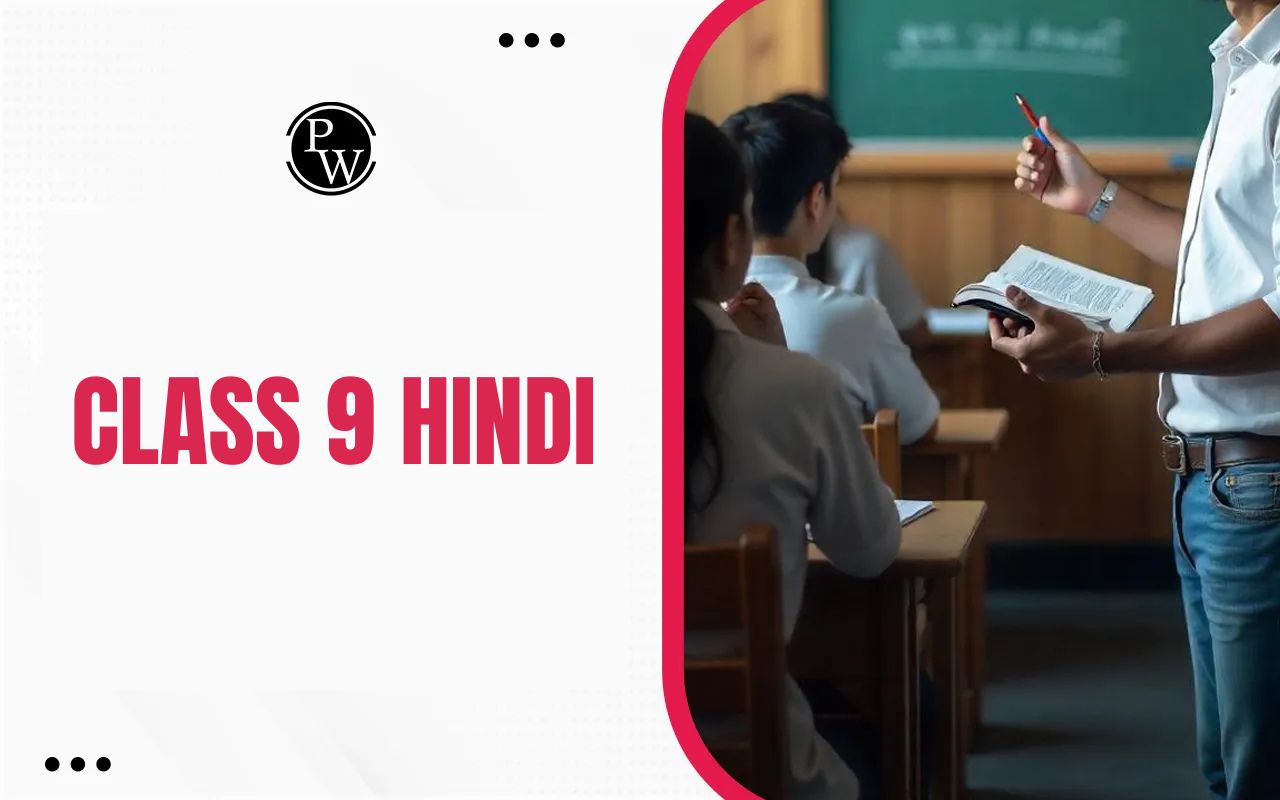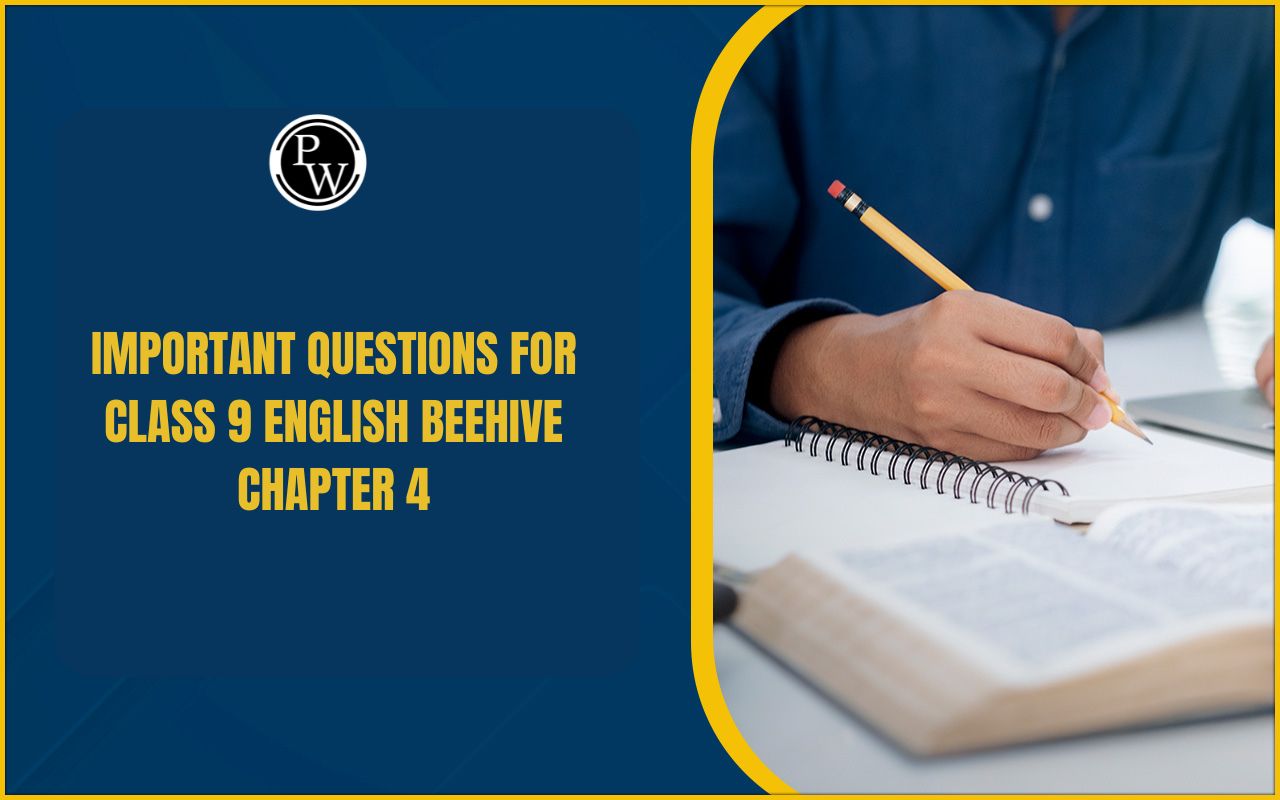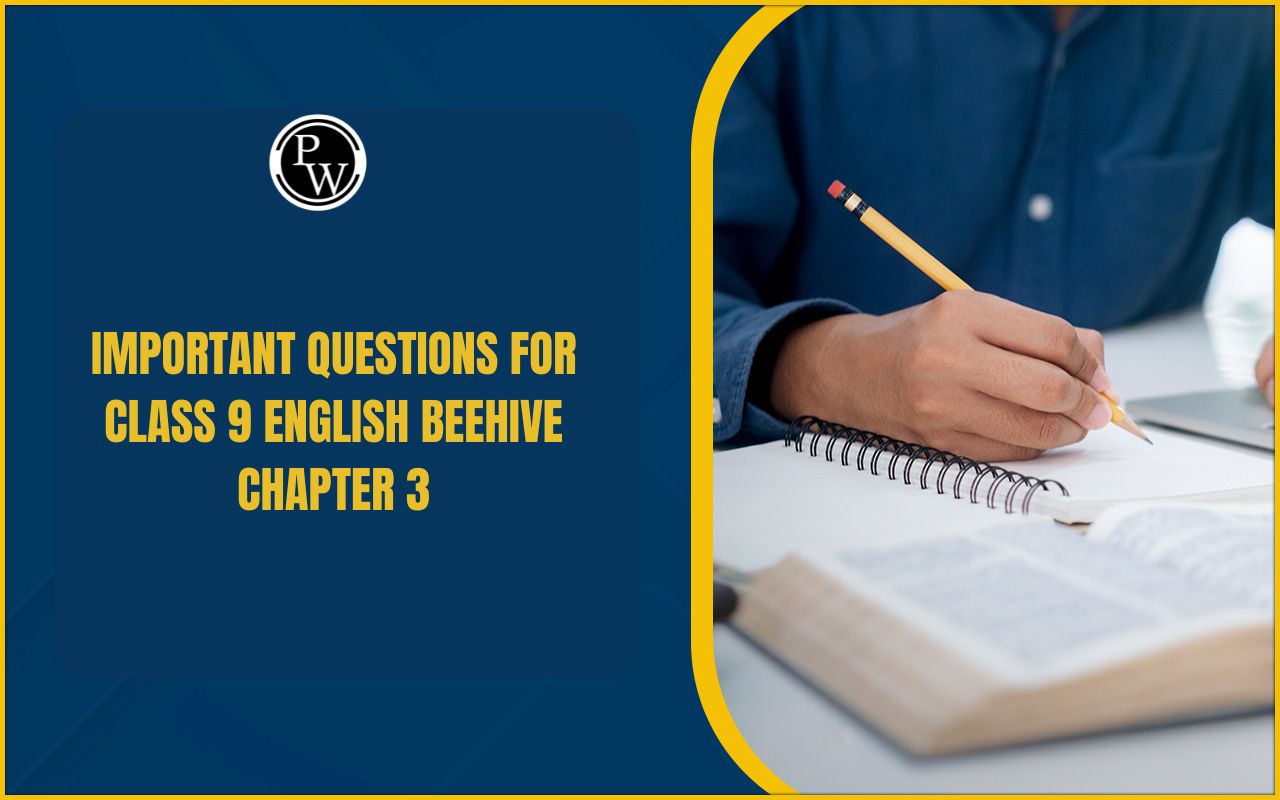
CBSE Class 9 English Beehive Notes Chapter 1: CBSE Class 9 English Beehive Chapter 1, The Fun They Had, is a story by Isaac Asimov that imagines a future where schools are fully virtual and robots teach the students instead of human teachers.
This chapter is part of the CBSE Class 9 English syllabus, which includes two main sections: Beehive (which has prose and poetry) and Moments (a supplementary reader). In the exam, students are tested on their understanding of the story, its characters, and the themes it explores.
The CBSE Class 9 exam usually includes different types of questions like multiple-choice, short answer, and long answer questions to test the student’s ability to understand, analyze, and express their thoughts clearly.
CBSE Class 9 English Beehive Notes Chapter 1
Introduction to the Chapter:
The Fun They Had is the first chapter in the Class 9 English Beehive textbook. Written by Isaac Asimov, a renowned science fiction author, this story takes place in the future, where education is entirely virtual. The chapter explores the theme of technological advancements in education and reflects on how these changes might impact human interactions and learning experiences.
The story is set in the year 2157, where schools and classrooms have transformed into virtual environments, and mechanical teachers (robots) replace human educators. The protagonist's children, Margie and Tommy, are intrigued by an old book that they discover, revealing a stark contrast between the present educational system and the one from the past.
Through this chapter, Asimov delves into the possibilities of future schooling and the implications of technology on education. It is a thought-provoking narrative on how the convenience of technological advancements could also lead to a loss of personal touch and meaningful social interactions in learning.
Summary of The Fun They Had:
The story opens with Margie, who writes in her diary on 17th May 2157. She talks about her discovery of an old book that Tommy found. The book, which was in a very poor condition with yellow and crumpled pages, contains stories and is written on paper—an object unfamiliar to them in their time. The children are fascinated by the idea of printed books because, in their future world, books are digital and stored on their screens, making paper books obsolete.
Margie’s grandfather had once told her that in the past, stories were printed on paper, and people used to read them in physical form. Both Margie and Tommy are amused by the idea of words that do not move on the page, as they are used to reading on a screen where the text changes dynamically.
They continue reading and come across a section describing schools of the past, where human teachers used to instruct students in a physical classroom. Margie, who has only ever experienced education through a mechanical teacher (a robot), is both surprised and curious. She has never experienced a real human teacher and finds it hard to imagine how schools used to function in the old days. In her time, schools are virtual, and lessons are conducted by robots, with no human interaction. The concept of a teacher who is a real person, rather than a machine, baffles her.
Margie dislikes her school experience. She studies alone in a room next to her bedroom, and her mechanical teacher constantly assigns her large amounts of homework. She is often frustrated with her lessons, especially when the machine malfunctions. One day, her mother calls a County Inspector to fix the malfunctioning mechanical teacher. Although the device is fixed quickly, Margie is disappointed because the inspector’s visit meant she would be stuck with more homework and tests to feed into the machine.
The children read more about schools of the past, and Margie becomes nostalgic, imagining how much fun children must have had attending schools in the old days. In those days, children from different neighborhoods would attend the same school, interact with each other, and learn together in a physical classroom. Margie dreams of the socializing, the friendships, and the collective learning that children of the past experienced.
At the end of the chapter, Margie is left wondering about the real joy of going to school with other children, the camaraderie, and the lively atmosphere that is absent from her own isolated, robotic learning experience.
Themes in The Fun They Had:
-
Technological Advancements in Education: The story presents a vision of the future where technology has completely transformed how education is delivered.
The idea of a mechanical teacher and virtual classrooms replaces the traditional learning environment. This technological shift suggests that in the future, robots or computers might take over the roles of human educators, making education more automated and less personal. -
The Human Element in Education: The narrative contrasts the mechanical, impersonal nature of education in the future with the human connection that characterized schooling in the past. In the old days, children learned from human teachers who interacted with them, fostering a sense of community and emotional connection. The absence of human teachers in Margie’s world leads her to feel lonely and disconnected from the true essence of schooling.
-
The Value of Traditional Schools: Through Margie’s thoughts, the chapter highlights the value of traditional schooling, where children gather in physical spaces to learn and play together. The idea of children coming from different neighborhoods to attend a shared school, with real teachers, offers a stark contrast to the future scenario where education is a solitary, mechanical process.
-
Nostalgia for the Past: Margie’s reflection on the old school system reflects a sense of nostalgia for a time she never knew. She imagines how children used to have fun, interact with each other, and enjoy a sense of belonging at school. This theme draws attention to the emotional and social aspects of schooling, which technology may overlook in favor of efficiency.
Conclusion of The Fun They Had:
In The Fun They Had, Isaac Asimov provides a fascinating glimpse into a future where technology replaces human teachers, and classrooms are virtual. While this technological shift promises efficiency and convenience, the story also raises important questions about the human aspect of education—socializing with peers, developing relationships with teachers, and experiencing the joy of learning together.
Asimov's story encourages readers to reflect on the potential impact of technology on education. Will future generations enjoy the benefits of virtual classrooms, or will they miss the personal touch and fun of traditional schools? This chapter makes us ponder the balance between embracing technological advancements and maintaining the value of human interaction in education.
CBSE Class 9 English Beehive Notes Chapter 1 PDF Download
You can easily access the CBSE Class 9 English Beehive Notes for Chapter 1, The Fun They Had, in a downloadable PDF format. This resource provides a comprehensive summary, key points, and important explanations of the chapter, helping students understand the story and its themes more effectively.
The PDF also includes important details that will assist students in their exam preparations, such as key takeaways and analysis of characters. To download the notes, simply click on the provided link, which will take you to the PDF version of the notes for Chapter 1. This will be a helpful resource for revision and for gaining a deeper understanding of the chapter.
Do you need help with your homework or preparing for exams?
Study without using the internet
CBSE Class 9 English Beehive Notes Chapter 1 FAQs
What is the main theme of The Fun They Had?
Who are the main characters in The Fun They Had?
What is the setting of the story?
What is the significance of the old book in the story?










